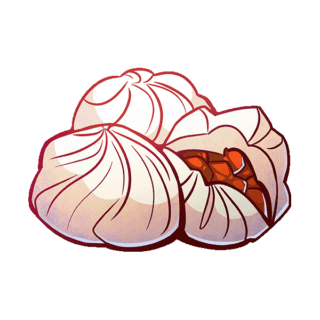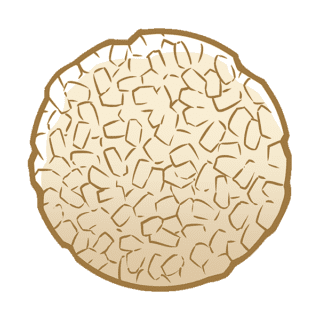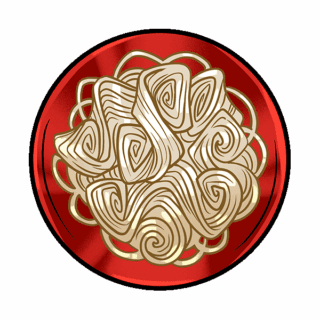Doenjang
Unlike gochujang, which includes chili powder and glutinous rice starch among other ingredients, true doenjang is only fermented soybeans and brine. However, it is worth mentioning that some industrial-scale producers of doenjang include additives such as wheat or anchovies.
Doenjang is produced by aging bricks of dried fermented soybeans, also known as meju, in earthenware pots with brine. After a period of time, these bricks become soft and are mashed into a paste, while the leftover liquid is distilled to become Korean soup soy sauce, or ganjang.
As you would expect, doenjang doesn’t have the spiciness or sweetness of gochujang. Made with just these two ingredients, it’s salty and earthy with a fermented savory foundation. It’s popularly mixed together with gochujang, sesame oil, and garlic to make ssamjang. Ssamjang can be used as a condiment with bite-sized lettuce wraps called ssambap. Doenjang is also a base in many stews and soups which are in turn a staple in much of Korean cuisine.
While doenjang isn’t a low sodium food, like all fermented foods it’s fantastic for your gut health and microbiome that helps regulate your entire body. It also has a decent concentration of protein given its soybean base, plus vitamins and minerals.
You can find doenjang in Uwajimaya’s sauce and condiment aisle.





